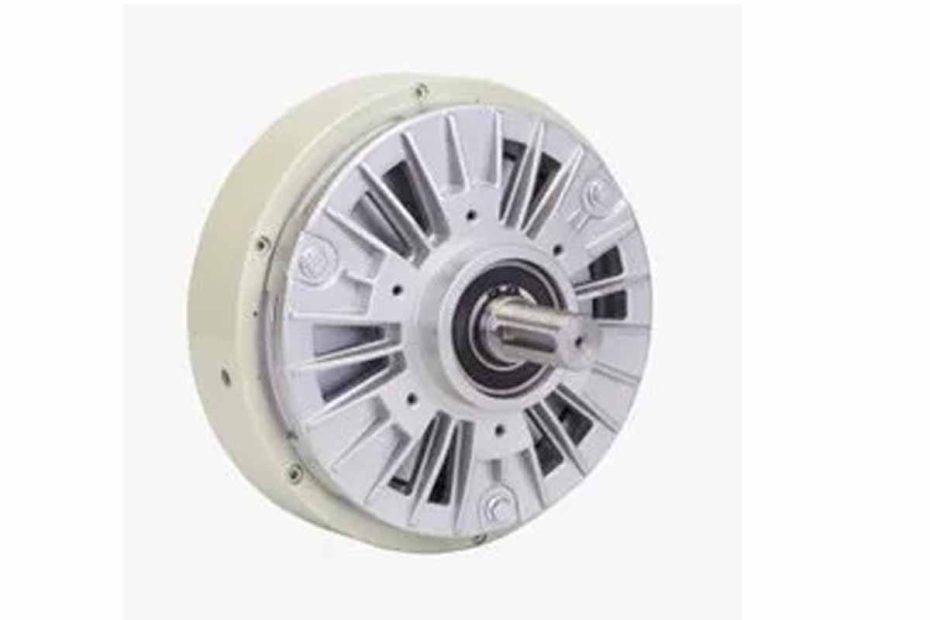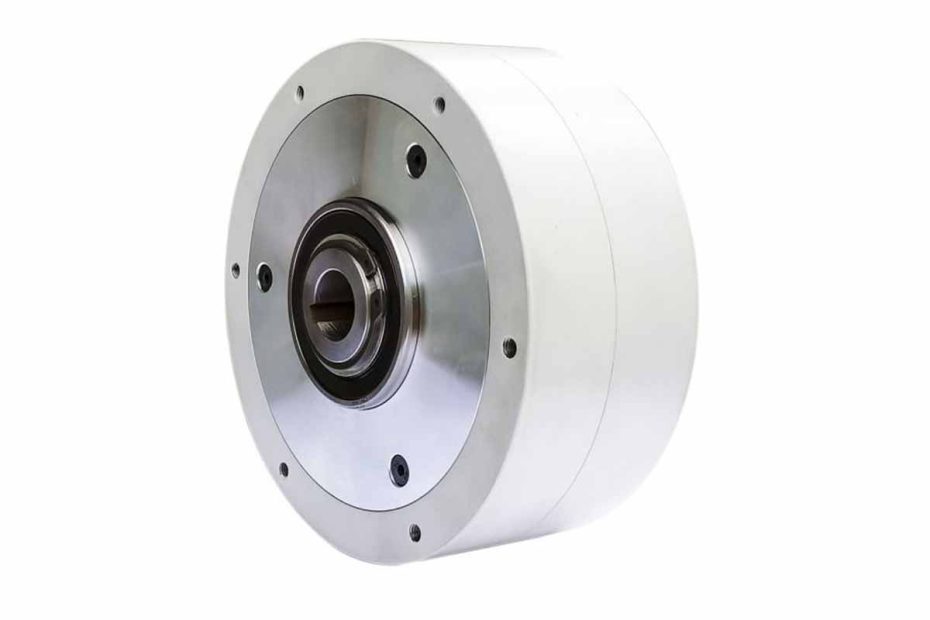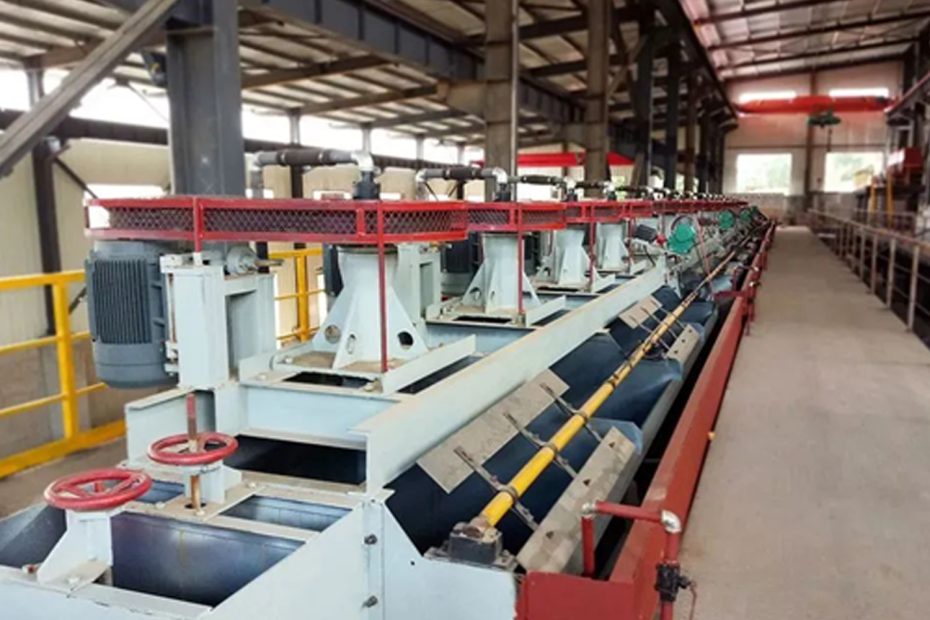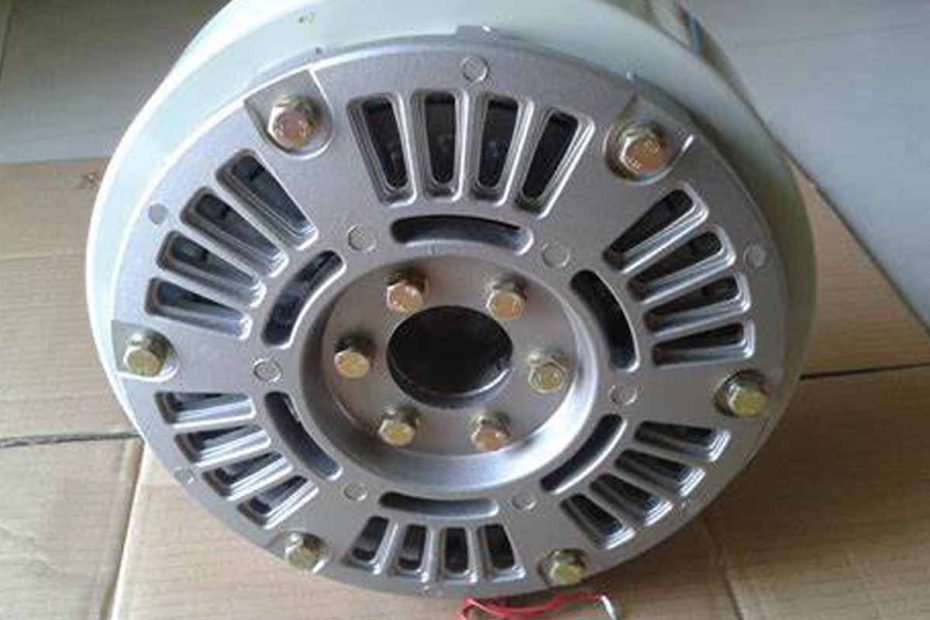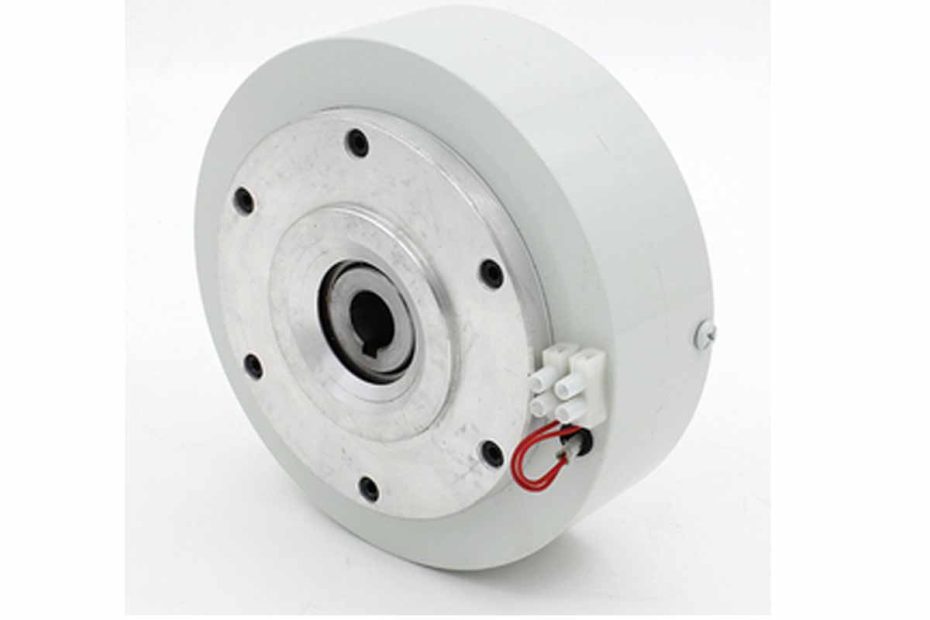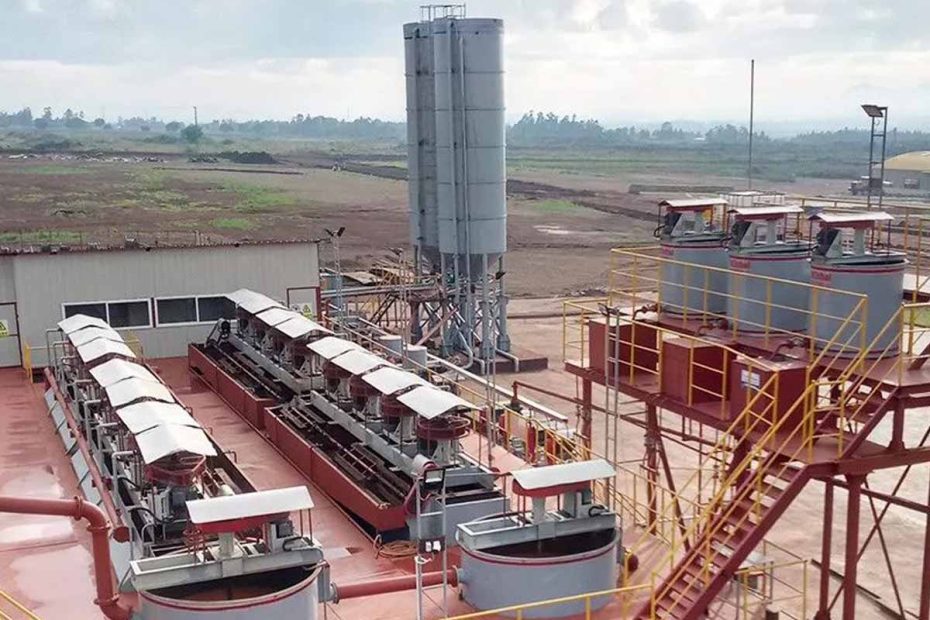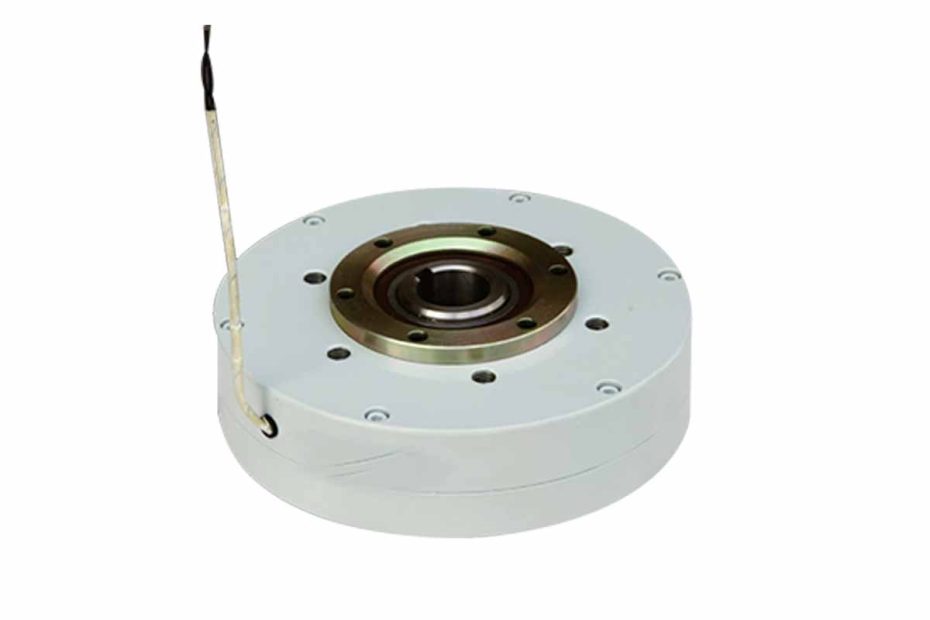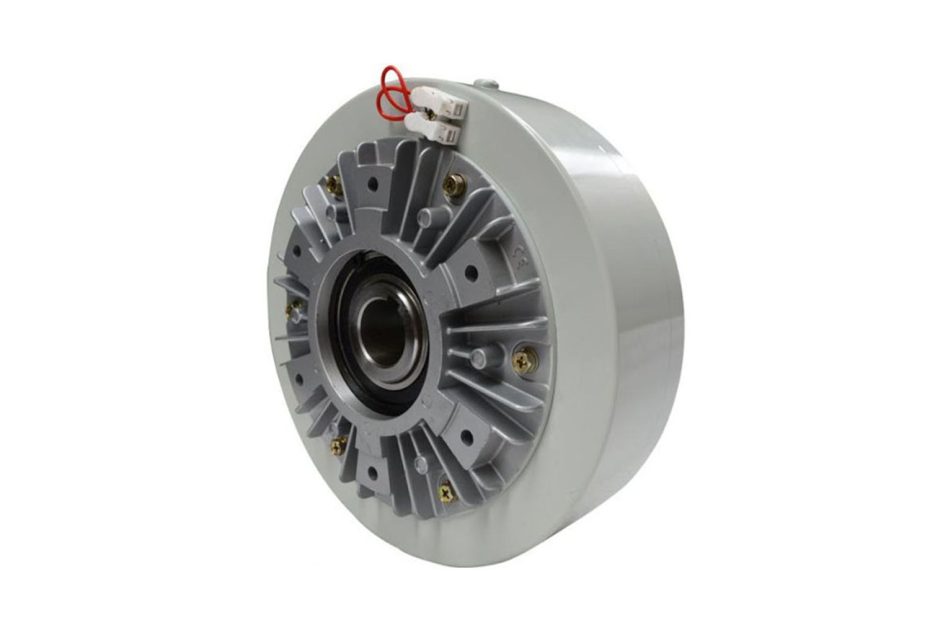Top 3 Benefits of Magnetic Particle Brakes in Wind Turbines
Magnetic particle brakes are typically integrated into wind turbine control systems as part of the braking system. They work in conjunction with other components, such as mechanical brakes and hydraulic systems, to provide comprehensive braking capabilities.
